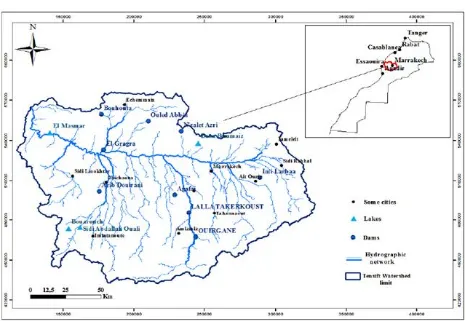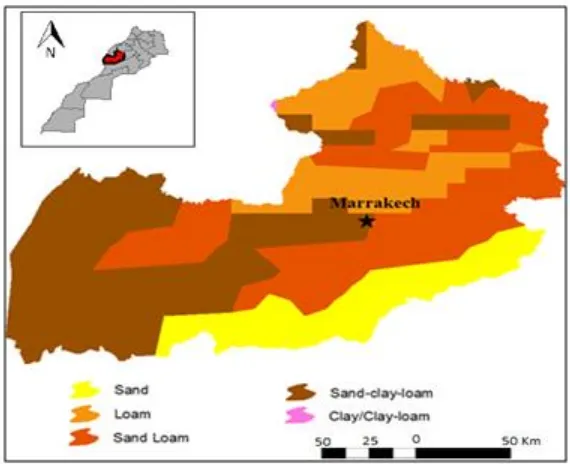VULNERABILITY AND ADAPTATION STRATEGIES TO CLIMATE CHANGE ON WATER RESOURCES AND AGRICULTURE IN MOROCCO: FOCUS ON MARRAKECH-TENSIFT-AL HAOUZ REGION
Full text
Figure




Related documents
In this study, we observed that a region containing a critical Phe residue that is reported to bind to the YP(X) n L motif of the target proteins in Alix is relatively conserved in
We demonstrate here that functional complementation studies as a follow-up to a previous TAP and mass spectrometry approach enabled us to identify a gene defect in a
Structural comparison of NDR1 with other protein kinases bound to either a peptide substrate (Figure 3A) or intact substrates (Supplementary Figure 5) suggested that the
PD-L1 expression was quantified using immunoflu- orescence and co-culture with a jurkat cell-line transfected with NFAT-luciferase was used to study if changes in PD-L1 expression
(B) Quantitation of cells with different numbers of basal bodies in 2N2K cells from the noninduced control and 2N1K cells from TbSAS-6 RNAi induced for 1 and 2 days.. About 200
Here, we report the results of a multi-omics time series analysis of periodontitis that combined high-throughput sequencing of bacterial community 16S rRNA, shotgun metagenomics, and
4 and 5 show the variations in rank over time for the most dominant taxa and their calculated rank stability index (RSI; as discussed in Materials and Methods) for the gut
Mutant strains lacking these transporter proteins were found to exhibit very different resistance phenotypes to two inhibitors of sphingolipid biosynthesis that act either





